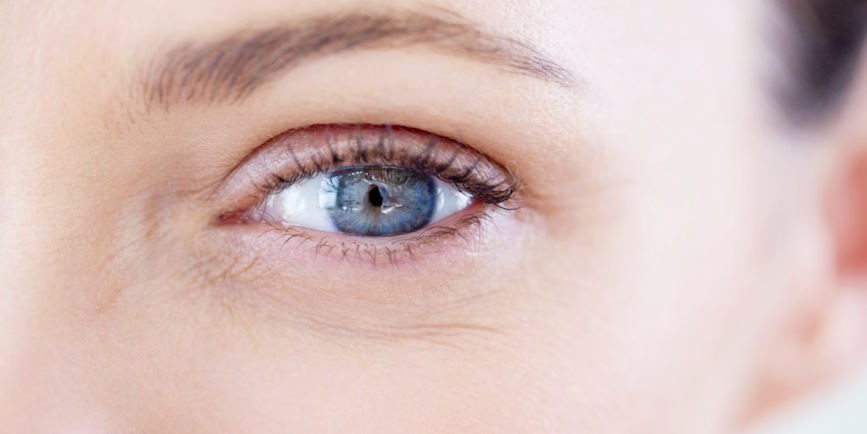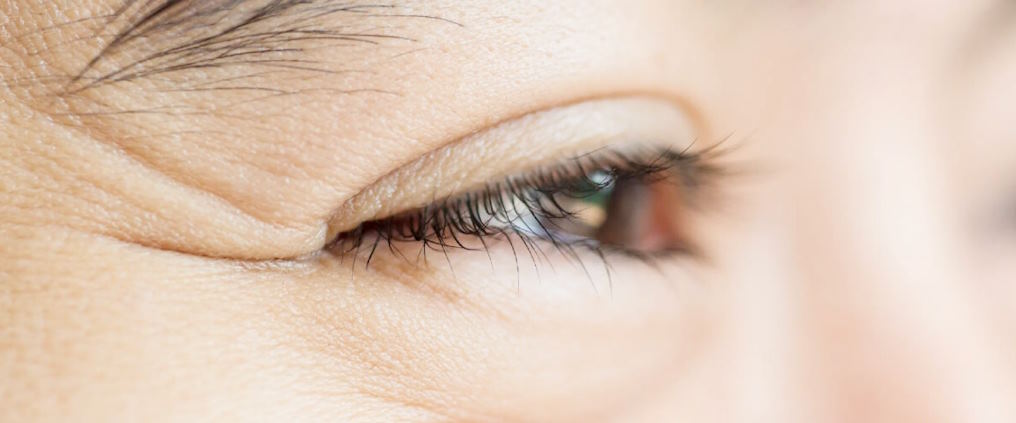Crow’s feet, those fine lines around the eyes, are often seen as visible markers of aging. Whether eliminating or accepting them as a natural part of life prompts different perspectives; in this article, we will explore the reasons behind the development of crow’s feet, discuss whether it’s necessary to get rid of them, and provide insights into potential solutions for those who choose to address them.
Understanding Crow’s Feet
Crow’s feet, scientifically known as lateral canthal lines, typically form due to various factors, with aging being a primary contributor. As we age, the skin loses collagen and elastin, proteins responsible for firmness and elasticity. Additionally, repeated facial expressions, such as smiling or squinting, can develop fine lines around the eyes. Exposure to sunlight, smoking, and genetics can also play a role in forming these lines.
Should You Get Rid of Them?
The decision to eliminate crow’s feet is highly personal and varies from person to person. Some individuals view these lines as a natural part of expressing emotions and embrace them as signs of a life well-lived. Others may feel inclined to minimize their appearance for cosmetic reasons. Whichever stance you take, you must make choices that align with your comfort level and self-image.

Addressing Crow’s Feet
For those who choose to address crow’s feet, several options are available:
Topical Treatments
Using skin care products containing ingredients like retinoids, peptides, and antioxidants can help improve skin texture and reduce the appearance of fine lines.
Botulinum Toxin (Botox)
Botox injections are a popular and minimally invasive option to temporarily relax the muscles around the eyes, reducing the visibility of crow’s feet.
Dermal Fillers
Injecting hyaluronic acid or other dermal fillers can plump the skin, diminishing the appearance of fine lines and wrinkles.
Laser Therapy
Laser treatments stimulate collagen production and can improve skin texture, contributing to the reduction of crow’s feet.

